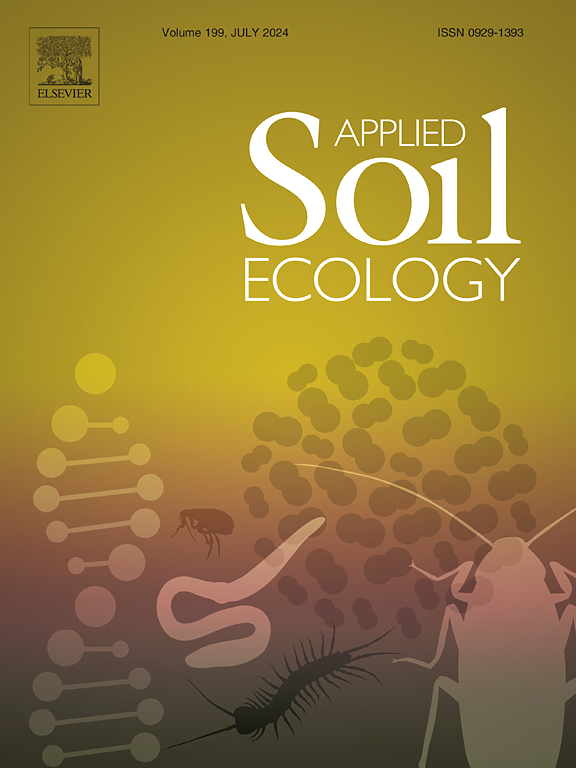Coupling low phosphorus fertilization with straw amendment highlights large crop productivity and reduced N2O emission in vegetable production
Abstract
The managements of reducing phosphorus (P) fertilization and/or straw application have been demonstrated to effectively enhance nutrient use efficiency by modulating root-microbe interactions. Given that microorganisms play a predominant role in N2O production pathways, investigating microbial communities and root traits in soils subjected to diverse management practices involving low P fertilization and/or straw application would yield crucial insights for minimizing N2O emissions. A series of field experiments with four successive Brassica chinensis were conducted under greenhouse condition to test crop productivity and N2O emission with different P fertilizer and straw managements. Results indicated that the high P fertilization treatment (HP) led to the largest cumulative N2O emission with 13.33 kg N2O/ha across the all treatments. Compared with HP treatment, the low P fertilization treatment (LP) and no P fertilizer treatment (NP) significantly decreased the cumulative N2O emission by 34.06 % and 29.71 %, respectively. Correlation analysis indicating that the reduction of N2O emission was positively correlated with the ratio of (nirS + nirK)/Nitrobacter. The combination of low P fertilization with straw addition (LPS) stimulated the elongation of B. chinensis roots with large specific length, thereby increasing the uptake of P and N by crops compared with those in LP treatment. The LPS treatment alleviated the total N2O emissions by 20.86 % compared with HP treatment, despite the fact that the inclusion of the straw addition enhanced the total N2O emission in low P soil. The increasing of N2O emissions from straw-amended soils was likely attributed to the abundant presence of soil bacteria and fungi, as well as highly enriched microorganisms harboring functional genes (nirS, nirK and nosZ) encoding for denitrification. Therefore, low P fertilization combined with straw addition is recommended for greenhouse vegetable fields due to its remarkable efficiency in enhancing crop nutrient acquisition and mitigating N2O emissions.

 求助内容:
求助内容: 应助结果提醒方式:
应助结果提醒方式:


